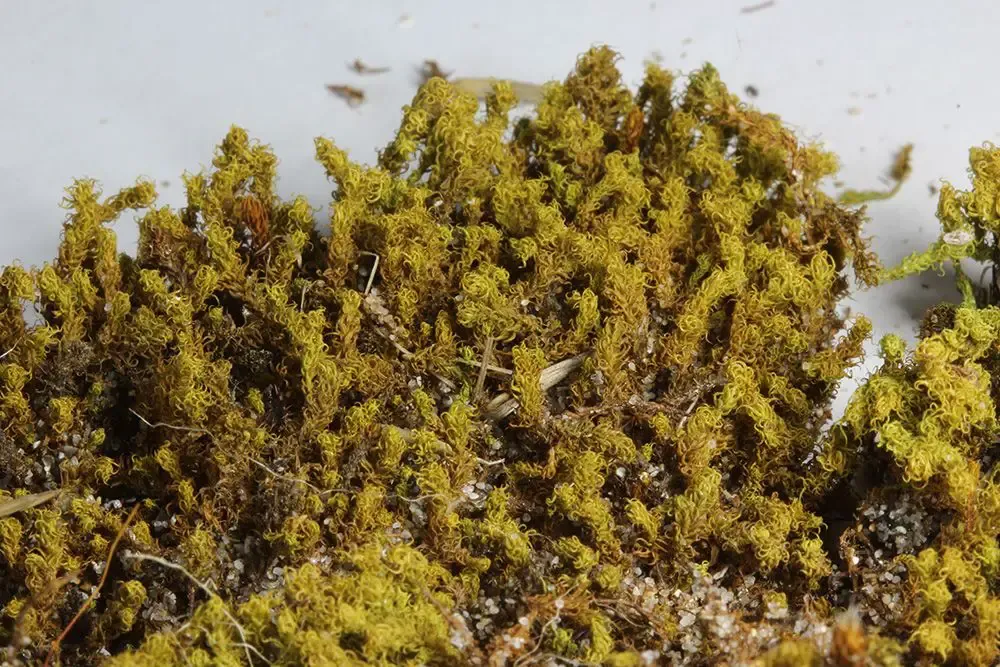
The-terrestrial-bryophyte-Pleurochaete-squarrosa-Brid-Lindb-A-Visualized-through.png from: https://www.researchgate.net/figure/The-terrestrial-bryophyte-Pleurochaete-squarrosa-Brid-Lindb-A-Visualized-through_fig3_337188049
Introduction
The world of bryophytes, or non-vascular plants, is a fascinating realm that often goes unnoticed by many. Among these diminutive yet remarkable organisms is the Pleurochaete squarrosa (Brid.) Lindb., a moss species belonging to the Pottiaceae family, commonly known as Pleurochaete. This unassuming plant has captured the interest of enthusiasts and researchers alike, offering a glimpse into the intricate and resilient world of mosses.
Background
Before delving into the specifics of Pleurochaete squarrosa, it’s essential to understand the broader context of bryophytes. These ancient plants, which include mosses, liverworts, and hornworts, have been around for over 400 million years, predating even the earliest vascular plants. Despite their small stature, bryophytes play crucial roles in various ecosystems, acting as pioneers in colonizing new environments and contributing to soil formation and water retention.
Main Content
Morphology and Identification
Pleurochaete squarrosa

46045713.jpg from: https://waarneming.nl/waarneming/view/232830872?_popup=1
is a small, acrocarpous moss that forms dense, cushion-like tufts or mats. Its stems are typically unbranched, and the leaves are

Pleurochaete_squarrosa_001C.JPG from: https://cisfbr.org.uk/Bryo/Cornish_Bryophytes_Pleurochaete_squarrosa.html
squarrose (spreading outward and upward from the stem), giving the plant a distinctive appearance. The leaves are ovate to lanceolate in shape, with a prominent midrib and a slightly recurved margin. When dry, the leaves become tightly appressed to the stem, but upon rehydration, they quickly regain their squarrose habit.
Global Distribution and Habitat
Pleurochaete squarrosa is widely distributed across various regions, including Europe, Asia, North America, and parts of Africa. It thrives in a variety of habitats, such as exposed soil, rock crevices, and disturbed areas, often colonizing places where other plants struggle to establish themselves. This moss is particularly well-adapted to dry and nutrient-poor environments, making it a true pioneer species.
Ecological Roles and Adaptations
Despite its small size, Pleurochaete squarrosa plays crucial ecological roles in the ecosystems it inhabits. As a pioneer species, it helps stabilize and enrich soil, creating favorable conditions for other plants to establish themselves. Additionally, its dense mats provide microhabitats for various invertebrates and other small organisms, contributing to biodiversity.
One of the remarkable adaptations of Pleurochaete squarrosa is its ability to withstand desiccation. During dry periods, the moss can enter a state of dormancy, curling its leaves tightly around the stem to minimize water loss. When moisture becomes available, the moss quickly rehydrates and resumes its metabolic activities, demonstrating remarkable resilience in harsh environments.
Case Study: Pleurochaete squarrosa in Urban Environments
In urban areas, where natural habitats are often fragmented and disturbed,

24756081.jpg from: https://waarnemingen.be/observation/185008741/
Pleurochaete squarrosa

39053402.jpg from: https://waarneming.nl/waarneming/view/219715785?_popup=1
has found a niche. This moss can be observed growing on concrete surfaces, such as sidewalks and building foundations, showcasing its adaptability to human-modified environments. Its presence in these settings highlights the importance of preserving even the smallest green spaces, as they can harbor unique and resilient forms of life.
Technical Table

153731272001191947.jpeg from: https://www.picturethisai.com/es/wiki/Pleurochaete_squarrosa.html

0befc3ebf761724539cbf3bafacb089a.jpg from: https://www.asturnatura.com/fotografia/flora/pleurochaete-squarrosa-2/30986.html

6856408184_d0fc3136ee_b.jpg from: https://www.flickr.com/photos/64732767@N05/6856408184/

24189802375_01094647cb_b.jpg from: https://www.flickr.com/photos/83637132@N02/24189802375/

50994698042_9b67a59669_b.jpg from: https://www.flickr.com/photos/12639178@N07/50994698042/
| Characteristic | Description |
|---|---|
| Phylum | Bryophyta |
| Class | Bryopsida |
| Order | Pottiaceae |
| Genus | Pleurochaete |
| Species | Pleurochaete squarrosa (Brid.) Lindb. |
| Growth Form | Acrocarpous, cushion-like tufts or mats |
| Leaf Arrangement | Squarrose (spreading outward and upward) |
| Leaf Shape | Ovate to lanceolate |
| Habitat | Exposed soil, rock crevices, disturbed areas |
| Distribution | Europe, Asia, North America, parts of Africa |
Conclusion
The Pleurochaete squarrosa (Brid.) Lindb., or Pleurochaete, is a remarkable moss species that exemplifies the resilience and adaptability of bryophytes. Its ability to thrive in harsh environments, stabilize soil, and provide microhabitats for other organisms highlights the vital roles played by these often-overlooked plants. As we continue to explore and appreciate the diversity of life on our planet, perhaps we can find inspiration in the tenacity of this unassuming moss, reminding us of the importance of preserving even the smallest and most unassuming forms of life.
Ponder this: In a world where urbanization and habitat fragmentation are on the rise, how can we ensure the preservation of species like Pleurochaete squarrosa and the invaluable ecological services they provide?